4 types of annuals for your cutting garden
A mix of tender and hardy annuals from my 2021 garden
I learned about the concept of “cool flowers” from Lisa Mason Ziegler’s book with the same name. When I read about her experience growing snapdragons and poppies when there still was snow on the ground (she’s based in Virginia), my mind was blown.
I started to dig deeper into the world of cut flowers. Two or three flower farming classes, many books and a front-yard garden later, I found myself completely immersed in a magical world, where the most unassuming flowers seem to have superpowers.
Here’s a quick look at the major types of annual flowers that thrive in zone 5, along with time windows for seed starting and transplanting based on our frost dates.
1) Hardy annuals (or cool weather annuals) are flowers that thrive in colder temperatures and can be sowed or transplanted in very early spring (or early fall) - that is 6-8 weeks before the first (or last) frost date.
Annuals that are hardy in zone 5 include snapdragons, bells of Ireland, Iceland poppies, carnations, nigella, bupleurum, China asters, stock, bachelor’s button, larkspur and rudbeckia.
The best time to start your hardy annual seeds is late January through mid-February. They should be ready to be planted outside by mid-March (and yes, there might be snow on the ground!). You can also start them in early fall (second half of September) and transplant in by mid-October.
Many of the hardy annuals that can be planted in early spring are also suitable for fall planting and overwintering in zone 5. Check out this blog post to learn which ones.
2) Tender annuals are not cold tolerant and should be transplanted or sowed after the last frost (April 28 or even better, after May 5). These include zinnias, sunflowers, cosmos, celosia, cockscomb, strawflowers, gomphrena, marigolds and statice.
The best time to start your tender annual seeds is around mid-March. You don’t want to start too early because they’ll quickly outgrow their plug, starve for light and get leggy. I learned this the hard way!
3) Biennials are sown in late summer and they grow leaves, survive the winter and bloom in late spring the next year. Their lifecycle is a little awkward, but so rewarding!
Canterbury bells, foxglove, hollyhock and sweet William are all biennials. Last fall I planted some dwarf hollyhock, which grew surprisingly well and I’m hoping for late spring flowers.
The best time to sow biennials is late August through early September so they have enough time to grow a few pairs of leaves and survive the winter. You will be rewarded with abundant blooms in late spring, bridging the gap between your bulbs and summer blooms.
4) Corms, bulbs and tubers produce showy flowers that are not only gorgeous but also long-lasting in the vase (most of them, at least). Dahlias, ranunculus, tulips, anemones, fritillaria, lilies… the list goes on and on!
The best time to plant corms, bulbs and tubers varies quite a bit, depending on the type of flower. Tulips, daffodils and other early spring flowers need to be in the ground by early winter.
Ranunculus and anemones won’t survive the harsh zone 5 cold but can take a little bit of chill so you’ll need to start them in early spring (late February-early March).
Dahlias tubers will turn into mush if they freeze, so the best time to get them started (pre-sprouted) in zone 5 is in March and planted around mid-May. You can skip pre-sprouting if you don’t want the hassle and just plant them in the ground in mid-May. They may bloom a couple of weeks late, but they’ll do just fine.
This year I’m trying to grow several flowers from each of these four categories, in my raised beds and in containers. If you’re short on space, you can still grow a container cutting garden by choosing flowers that do well in small spaces - a topic for a future post!
What new flowers are you trying to grow this year? Share in a comment!

